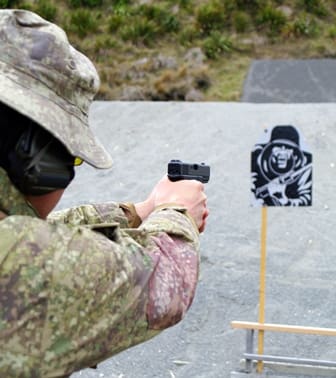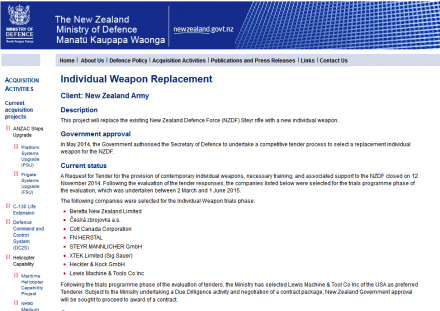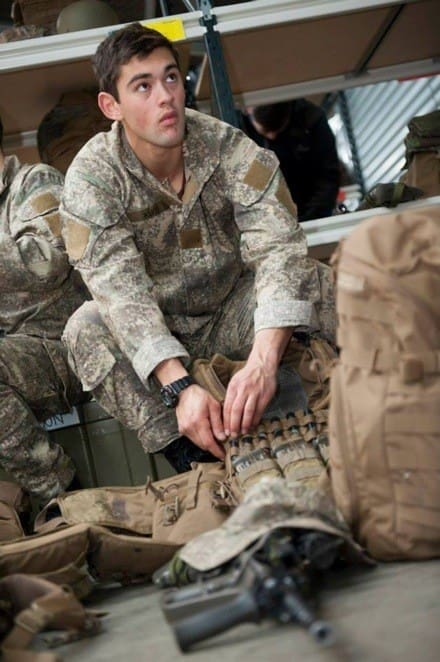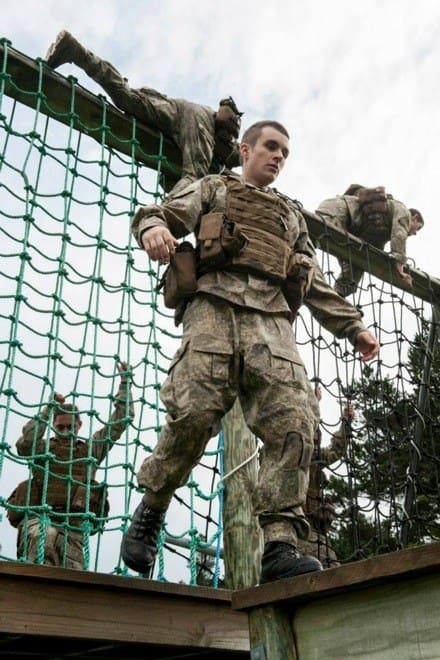The New Zealand Army has announced that they are looking at a new camouflage pattern and new uniform system. This pattern was developed by Canada’s Hyperstealth Biotechnology Corporation.
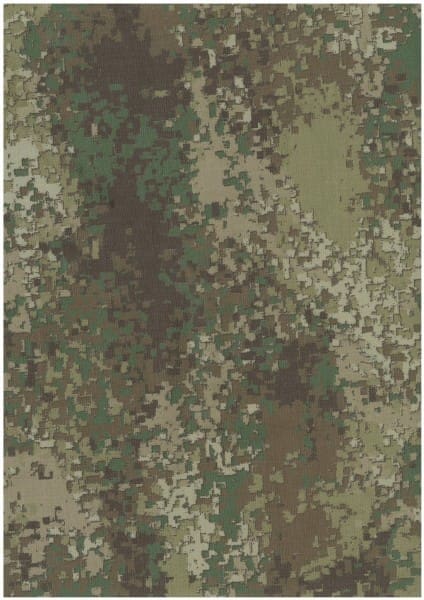
The NZDF is looking at revamping its combat clothing to provide better protection for its troops.
Capability Branch, Log Command (Land) and The Workwear Group have been working on a project to introduce an Improved Combat Clothing System (ICCS) to the NZDF. The project is addressing the areas of layering, material, material treatment, garment cut and camouflage pattern.
A significant milestone has been reached through the selection of the Multi Terrain Camouflage Uniform (MCU) that will aid the protection through concealment of our personnel.
Why are the current DPM patterns being replaced?
The current in- service Disruptive Pattern Material (DPM) pattern and Desert DPM (DDPM) patterns have provided good service for many years. These patterns are being replaced because:
The current patterns work well in limited environments only. In the case of DPM it works well in lush green tropical and subtropical environments, however it is sub optimal in arid environments and urban terrain. Our operational experience in environments such as Afghanistan has proven that the colour spectrum of the operating environment can change rapidly and personnel can quickly find themselves dressed in camouflage unsuited to the environment.
The current DPM pattern used by the NZDF is also used by many other nations around the world. A new pattern uniform provides for a unique New Zealand identity that allows New Zealand service personnel to be clearly identified as New Zealanders.
Neither the current DPM nor DDPM uniforms are particularly effective in urban environments.
Technology advances in camouflage pattern design and manufacture now make it possible to produce single camouflage patterns that are effective across a wider range of operating environments.
Pattern Selection
During the pattern selection process numerous camouflage designs were submitted for NZDF review. From this review 12 separate camouflage patterns were selected and testing was conducted throughout 2011. Much of this testing occurred in Waiouru as in this one location can be found forest, open country tussock, sandy and urban terrain. This testing saw the 12 patterns narrowed down to five, which were then manufactured into basic garments for further testing by Capability Branch and Combat School Staff in Waiouru.
From this testing the best performing two camouflage patterns were selected for final testing. Both patterns were then tested in sandy terrain at Kaipara Air Weapons Range, in forested close country north of Auckland and in urban terrain at Whenuapai Airbase. Both patterns proved effective in these environments.
Finally, a selection of NZ Army personnel was independently requested to rate aesthetically which pattern they preferred. This proved to be the factor that separated the two designs with an overwhelming 80 percent preferring the finally selected pattern. This pattern was further confirmed by Chief of Army and the Sergeant Major of the Army conducting a road show of a mocked up uniform to selected Army units.
Fabric selection
Throughout Exercise Alam Halfa personnel from 1 RNZIR, 2/1 RNZIR, QAMR and 16 Field Regiment trialled a number of different fabric types and garment cuts to assess fit, functionality, durability and safety. This trial aimed to aid the assessment and selection of the fabric that best meets NZ Army requirements for the new MCU. It is envisioned that a training version and a flame retardant version of the MCU will be made provided.
What happens next?
Logistics Command (L) is currently developing a plan to enable the introduction into service of MCU to replace DPM. This plan will include the requirement to waste outfully utilise the current stocks of DPM. It is intended that the MCU will be used across the NZDF. The date when it will be phased into service has yet to be finalised however it is likely to be around mid 2013. Army News will provide further information as it becomes available.


